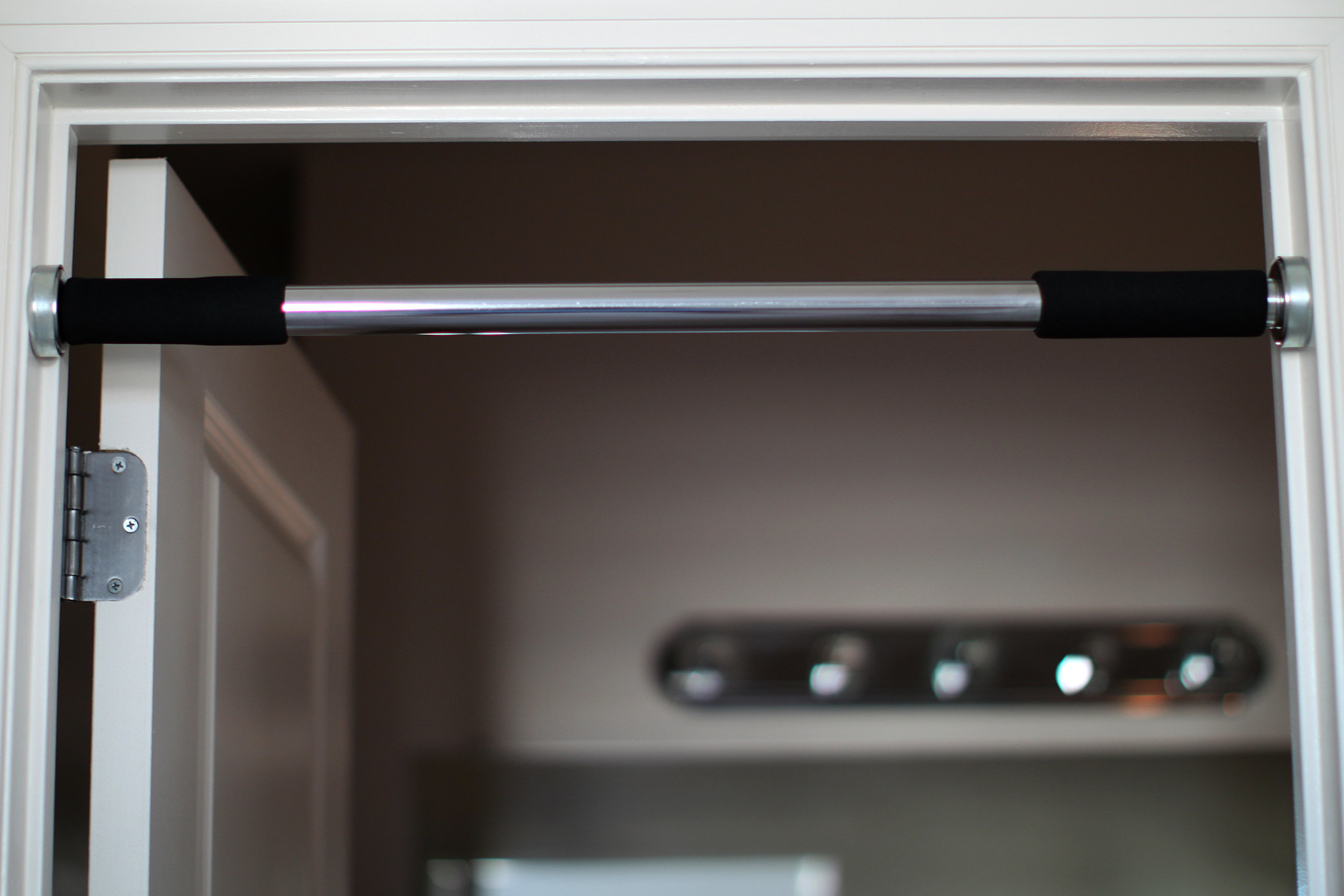
Home workouts have become extremely popular due to the pandemic restrictions that have been put in place and gyms being closed for months. Properly equipped home gym helps keep the body in good shape, and one of the necessary equipment for this is a pull-up bar.
Pull-ups shape the figure, strengthen many muscle parts and help increase the level of muscle mass. Regular bar exercise strengthens the arms, abdomen, back, chest and shoulder girdle. Snatching the bar, or placing the fingers towards the athlete, absorbs the work of the following: biceps, shoulder girdle, rectus abdominis, pectoralis major and the widest back muscle. In comparison, when using a snatch, such muscles as: biceps, quadriceps, oblique abdominis and shoulder girdle work. Systematic exercise on the bar increases strength, shapes the figure, improves balance and body control, and supports the work and alignment of the spine.
Pull-ups on a bar should be complementary to a full-body workout, as it does not engage all muscle parts. When exercising on the bar, you should not focus on a specific movement, but use them interchangeably so as to engage as many parts of the body as possible. Depending on the capabilities, strength and skills of the athlete, the training plan can be increased, but for beginners the first stage lasts up to about 2 weeks. During this time, bar exercises should be performed 3 times a week, 4 series of 10 repetitions. This system will allow you to gradually gain strength, get used to your muscles and get familiar with the equipment. In the second phase from the 3rd to the 5th week, this system can be expanded to 2 longer workouts per week, in which new pull-up techniques are incorporated. The last period of learning the bar exercises is from the 6th to the 9th week, during which 3 workouts a week with 4 types of pull-ups and a gymnastic rubber band are implemented, which increases the load and helps to achieve results faster.
Installed mostly in the door frame, it is available without any additional accessories or handles. The spreader bar is held in place by a spreading force in the placed location, so it does not require specialized installation or drilling holes. The safety and stability of the structure depends on the quality of the door frame, and the device itself usually has a weight limit for users. This type of equipment is ideal for people who start training on the bar, rent an apartment, so they can not make any permanent changes in the premises and do not want to spend a lot of money on sports equipment.
This model of equipment is already a professional solution. The bar is fixed with a special frame and strong screws that stabilize the structure. In this case, the key element is the appropriate way of mounting, which will allow for safe training. Thanks to the large construction we have the possibility to train with our arms wide apart, because we are not limited by, for example, a door frame. The disadvantage of this solution is that the wall bar takes up a lot of space and requires sufficient surrounding space to be able to use it freely.
This is the most solid type of exercise bar. Mounted on the ceiling, the device is available in many models. You can find straight bars, curved bars or bars with additional rubber grips. Like the wall bar, the ceiling-mounted model requires specialized installation, which allows you to permanently place the equipment in the right place. When deciding to purchase a ceiling bar, keep in mind that it cannot be placed on a suspended ceiling. This type of bar will work great for training beginners as well as more advanced athletes.
Featured photo: Mr.TinDC / Flickr